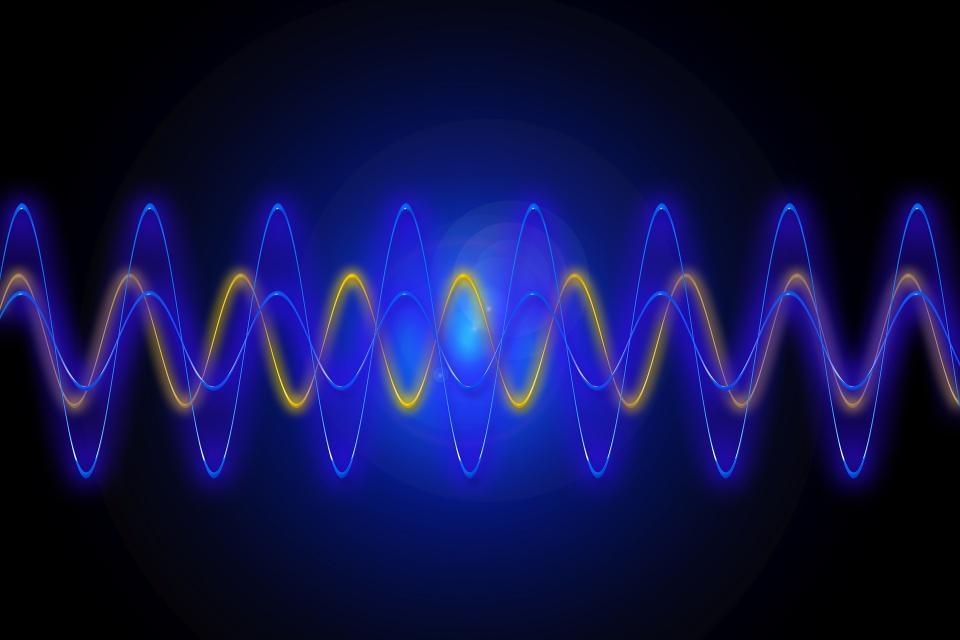Analog Electronics: Bridging the Gap Between the Real and the Digital World

In an era dominated by digital technology, the significance of analog electronics remains paramount. At the heart of every sensor reading a physical parameter, every speaker reproducing our favorite song, and every radio catching a broadcast signal, there’s a world of analog circuits interpreting and shaping the continuous signals of our universe. Our Analog Electronics course offers a deep dive into this fascinating realm, providing students with both the theoretical knowledge and the practical skills to understand and design analog systems.
The curriculum for this course is meticulously crafted to guide learners from the foundational principles of analog electronics to its multifaceted applications. Through a blend of hands-on lab sessions, interactive lectures, and project-based learning, students will unravel the intricacies of components like transistors and op-amps, explore the art of designing amplifiers and oscillators, and delve into the science behind analog communication systems.
Whether you’re an aspiring electronics engineer, a hobbyist looking to expand your skill set, or someone curious about the analog systems that run our world, this course promises a comprehensive and enlightening journey into the world of analog electronics.
Join us as we embark on this electrifying adventure, bridging the gap between the real and the digital world.

List of the Topics We Teach in the Analog Electronics Course
- Introduction to Analog Electronics
- Basic Electronic Theory
- Passive Components and Circuits
- Semiconductors and Diodes
- Bipolar Junction Transistors (BJTs)
- Field Effect Transistors (FETs)
- Amplifiers
- Oscillators and Feedback
- Power Supplies
- Analog Communication Systems
- Analog Filters
- Analog to Digital and Digital to Analog Conversion